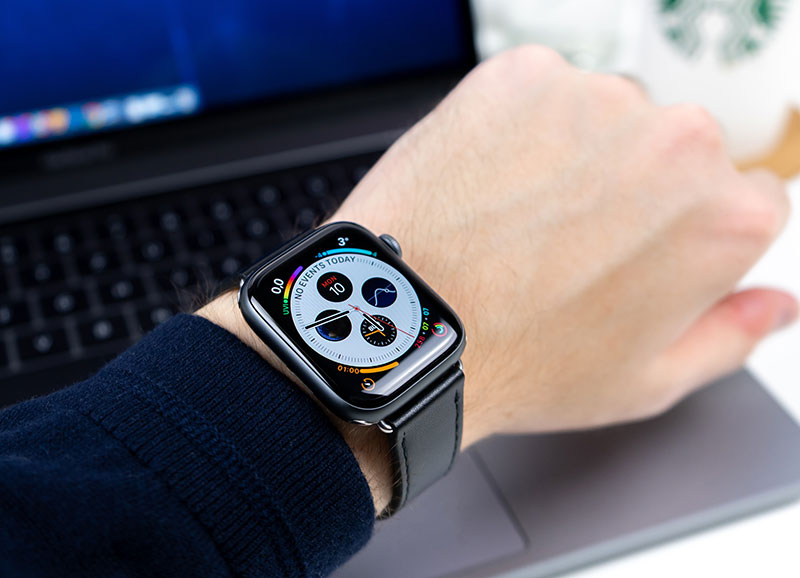A team of researchers at Stanford University has found that the Apple Watch in combination with an iPhone can be used to monitor frailty in cardiovascular disease (CVD) patients. As the heart becomes unable to keep with increased demands, people with CVD often lose physical abilities.
Read more Apple Joins Forces with Researchers to Conduct Health Studies Using Apple Watch
The study showed that data generated passively through the VascTrac app on an iPhone and Apple Watch predicted patient performance on a 6-minute walk test as accurately as a home-based 6-minute walk test, according to a longitudinal observational study. Generally conducted in a clinical setting, the 6-minute walk test is used as a standard means of assessing the health of CVD patients.
For their study, Neil Rens, a medical student at Stanford University, and Oliver O. Aalami, MD, a clinical associate professor of surgery-vascular surgery at the university, and colleagues, enrolled 110 participants who were scheduled for vascular or cardiac procedures at a Veterans Affairs hospital. Among the participants, 99% were men and their average age was 68.9. Also, 11% of the participants never smoked.
Each participant was supplied with an iPhone and an Apple Watch running the VascTrac research app and was followed for 6 months. Supervised 6MWTs were performed during clinic visits at scheduled intervals. Weekly at-home 6MWTs were performed via the VascTrac app. The app passively collected activity data such as daily step counts. Logistic regression with forward feature selection was used to assess at-home 6MWT and passive data as predictors for “frailty” as measured by the gold-standard supervised 6MWT. Frailty was defined as walking <300m on an in-clinic 6MWT.

The researchers found that in a supervised in-clinic setting, the smartphone and Apple Watch with the VascTrac app were able to accurately assess ‘frailty’ with a sensitivity of 90% and specificity of 85%. Outside the clinic in an unsupervised setting, the home-based 6MWT is 83% sensitive and 60% specific in assessing “frailty.” Passive data collected at home were nearly as accurate at predicting frailty on a clinic-based 6MWT as was a home-based 6MWT, with an area under curve (AUC) of 0.643 and 0.704, respectively.
Read more Apple Watch’s New Health Feature Monitors and Notifies You About Your Cardio Fitness
“The VascTrac app uses smartphones and wearables to collect activity data. These data include passive steps walked, distance walked, cadence, pace, heart rate and stairs climbed. During a 6MWT, the app also collects accelerometer data. Importantly, in our study we had study coordinators physically count the steps and distance walked during a 6MWT to establish ground truth, Rens and Aalami told Healio Primary Care.”
“These data provide physicians with similar information to an in-clinic 6MWT. This means that some aspects of cardiovascular fitness can be tracked without the patient needing to come into the clinic. The VascTrac app was able to assess a patient’s frailty using remote data, which could serve as an indicator for when the patients need to come into the clinic.”












